
As grocery bills climb, shoppers are making tough calls, and some once-loved items are now collecting dust on the shelves. Meat, fruit, simple snacks, and even your favorite spread have all taken a hit as inflation drives prices higher. Here are 20 grocery items that have become so expensive that many people are simply opting out of buying them.
Bacon
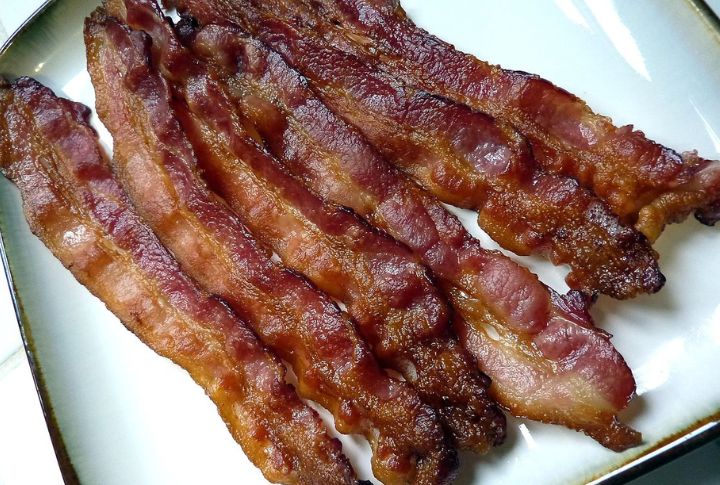
Once a breakfast MVP, bacon’s price hikes have made it less common in many households. With average costs around $7 a pound in some areas, shoppers are shifting to alternatives like turkey bacon or skipping it altogether. Delicious? Sure. Essential? Not when you’re trying to stretch every dollar.
Orange Juice

Blame hurricanes, vitamin C deficiencies, and supply shortages—OJ prices have skyrocketed. A small carton now costs about the same as a gallon of milk. Many are switching to fresh fruit or powdered alternatives, realizing a daily glass of juice isn’t worth squeezing their budget.
Eggs

Due to outbreaks of avian flu and supply chain problems affecting poultry farms around the country, egg prices doubled in 2023. While prices have since eased from their peak, the spike was so steep and sudden that many consumers turned to plant-based egg replacements or stopped using eggs altogether in recipes.
Name-Brand Cereal
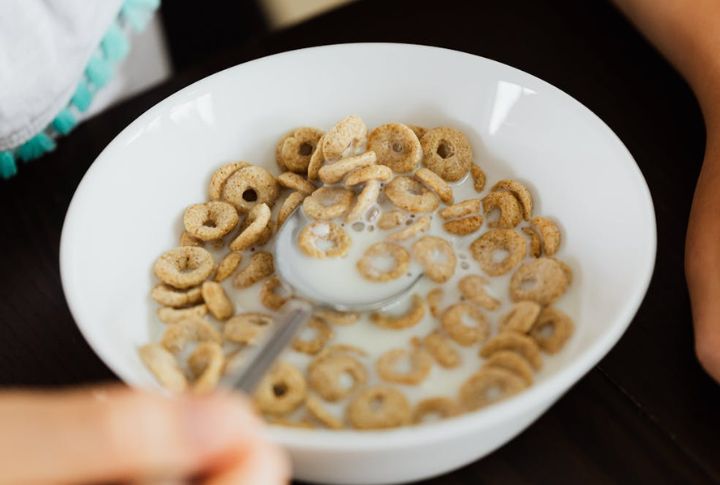
Once a grocery staple, cereals like Cheerios or Frosted Flakes now feel like luxuries at nearly $6 a box. More households are moving towards bulk oats or store-brand dupes instead. Although there is a difference in taste, the price difference is harder to ignore.
Beef Cuts
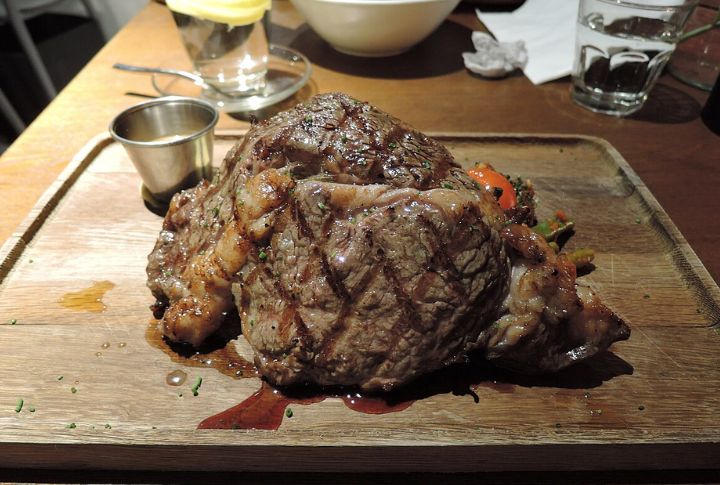
Steak nights have become a rare occasion as prime cuts like ribeye and filet mignon now cost as much as dining out. Many consumers have downsized to ground beef or meatless options, saving steak dinners for special occasions like birthdays and anniversaries.
Greek Yogurt
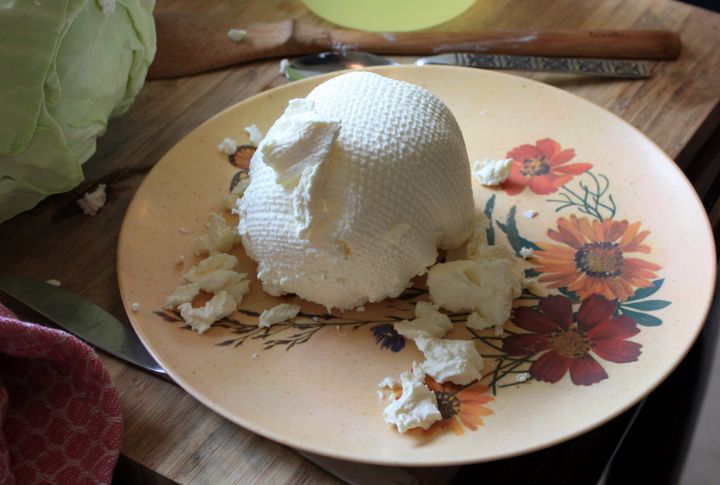
Protein-packed and trendy, Greek yogurt soared in popularity starting in 2009, but so did its price by 2024. When individual cups hit $1.50–$2 each at grocery stores, budget-conscious consumers started switching back to regular yogurt or skipping the healthy snack altogether.
Cold Cuts And Deli Meats
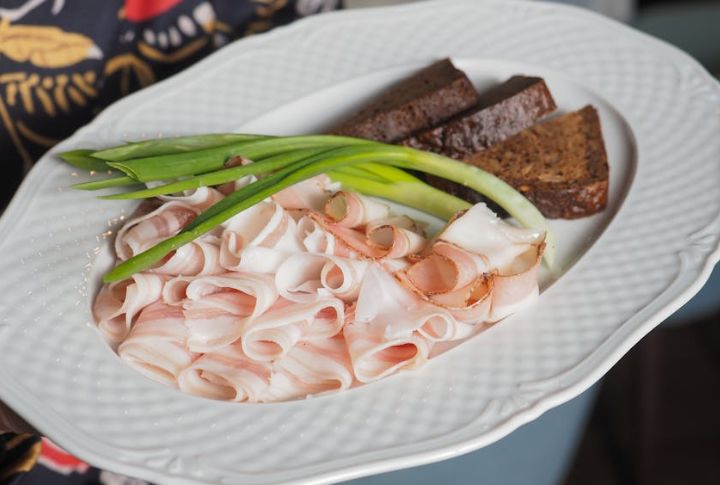
Once a lunchbox staple, sliced turkey, ham, and roast beef have become surprisingly pricey. Whether pre-packaged or fresh from the deli counter, prices now often exceed $5–$9 per pound. With costs climbing and concerns about processing rising, many shoppers are turning to home-cooked alternatives instead.
Butter
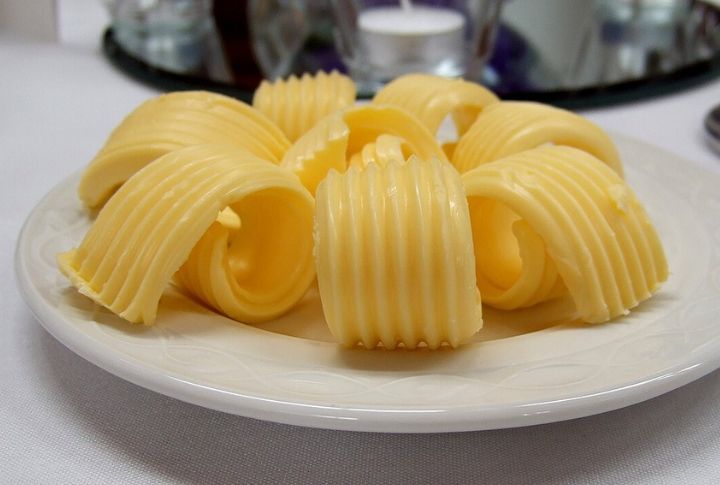
Used in nearly every recipe, butter prices have climbed sharply due to labor shortages and increased feeding costs. When a four-stick pack nears $5, it’s hard to justify. As a result, many bakers are facing trouble and have begun substituting butter with margarine, oil, or even plant-based spreads.
Coffee Pods

Convenient? Yes. But those little capsules add up to one’s expenses fast. The 12-pack coffee pods have hit as high as $10, which has forced consumers to return to traditional brewing. Plus, buying grounds or beans stretches further and tastes better when your wallet isn’t too bitter.
Fresh Berries
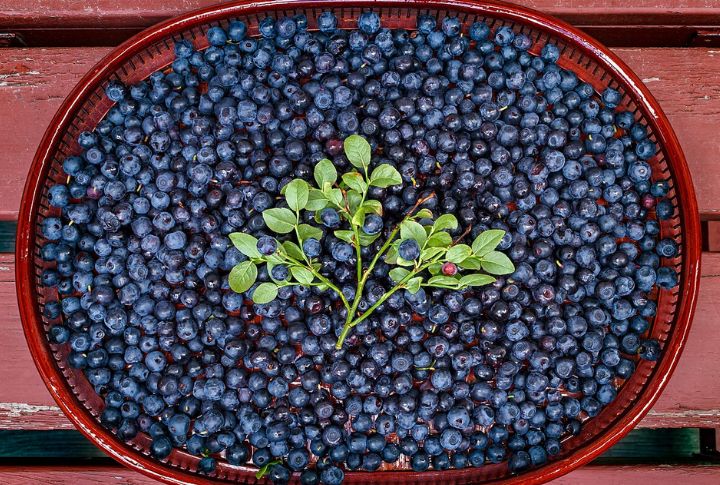
Blueberries and raspberries are antioxidant-rich superfoods, but they’re also serious budget-drainers for grocery shoppers. A tiny container can cost up to $8, especially during off-season months. More cost-conscious shoppers are choosing frozen berries for smoothies or skipping them entirely until summer brings better prices.
Bottled Salad Dressing
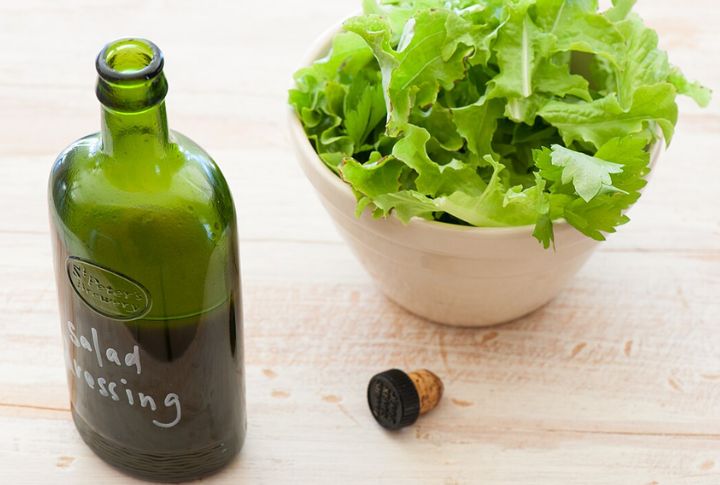
$5 for ranch? No thanks. The cost of grocery items is rising across the board, so bottled salad dressings are among the first non-essential extras to be cut. DIY versions with olive oil, vinegar, garlic, and basic seasoning cost significantly less and cut out preservatives—win-win.
Bagged Lettuce Mixes
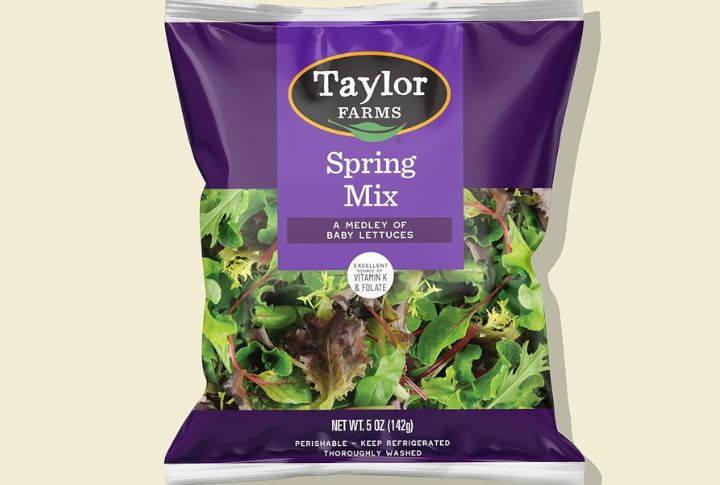
Convenient but costly, pre-washed lettuce mixes often cost twice as much as whole heads of romaine or fresh spinach bunches. Plus, they spoil much faster in storage. Savvy shoppers are increasingly skipping the plastic-wrapped salad blends and getting more value by washing and chopping their own.
Almond Milk
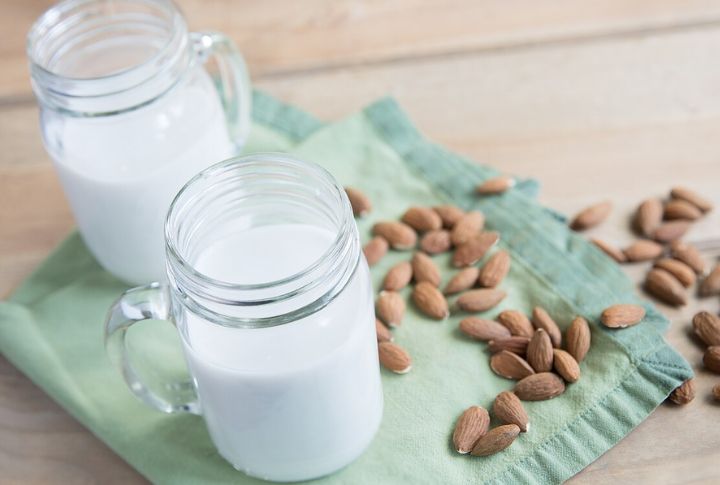
This non-dairy darling has lost some fans due to rising prices and growing water-intensive production concerns. At $4–$6 per carton in most stores, more environmentally and budget-conscious people are making homemade versions or returning to other dairy alternatives, such as oat or soy milk.
Shrimp
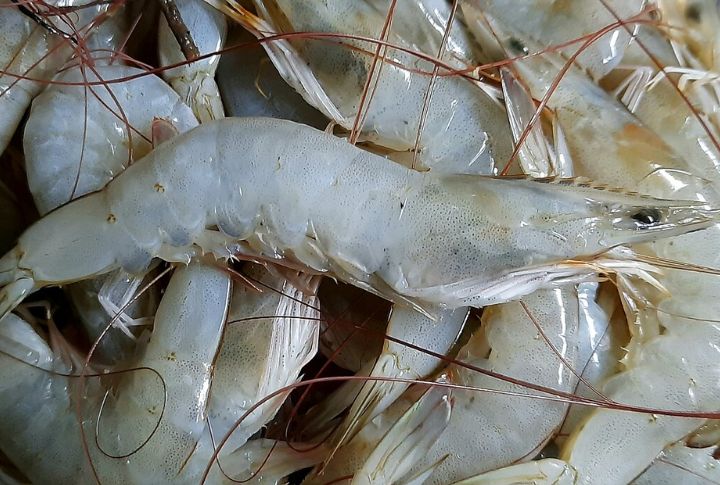
A pound of decent shrimp can now cost over $15 in some markets, thanks to rising fuel costs, farming disruptions, and expensive imports. For many budget-conscious families, shrimp has gone from a regular weekly dinner staple to a special-occasion indulgence reserved for holidays.
Energy Bars

$3 for a protein bar that tastes like cardboard? Hard pass. As prices continue going up, health-conscious buyers are skipping individual energy bars in favor of homemade snack balls or even simple fruit and nut bars that fuel your body without draining your funds.
Pre-Cut Fruit
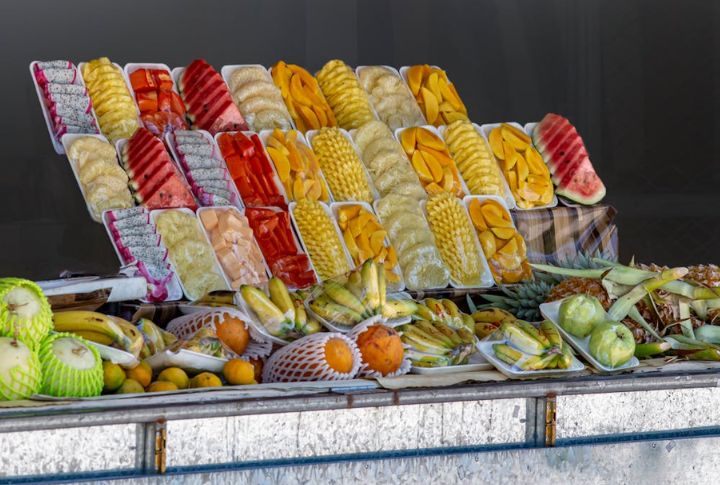
You’re paying for convenience, not volume. Pre-cut melon or pineapple may save a few minutes, but they often cost two to three times more than whole produce. As budgets grow tighter, shoppers are grabbing knives instead of plastic containers. Not to mention, pre-cut fruits are the perfect breeding ground for bacteria.
Name-Brand Ice Cream

With premium pints approaching $7, shoppers are giving pricey names like Haagen-Dazs a cold shoulder. Homemade versions or local ice cream shops are now replacing store brands and frozen novelties. Better yet, some households are skipping it entirely, especially in cooler months.
Sparkling Water
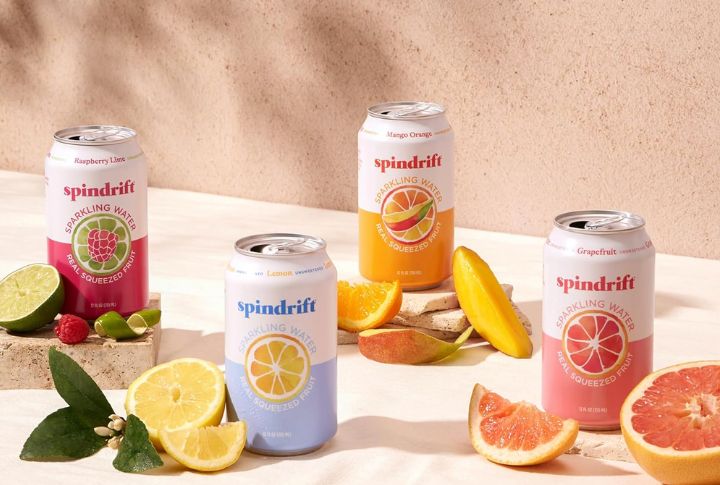
A pack of LaCroix or Spindrift used to be a fun splurge, but rising prices have made plain tap water a more attractive choice. For flavor without the hefty cost, some budget-conscious consumers are opting for DIY versions with fresh lemon slices or cucumber.
Nut Butters

Have you been skipping the fancy spreads in favor of other snack options, too? Almond and cashew butter have surged in cost, with small jars now topping $8 at many stores. As a result, many conscious consumers are switching back to basic peanut butter or cheaper alternatives.
Maple Syrup

The real stuff can now cost around $15 a bottle at grocery stores. With maple syrup production affected by unpredictable weather and labor shortages, it’s become a serious splurge for families. Pancake lovers are making do with smaller portions or using honey and fruit preserves as substitutes.

